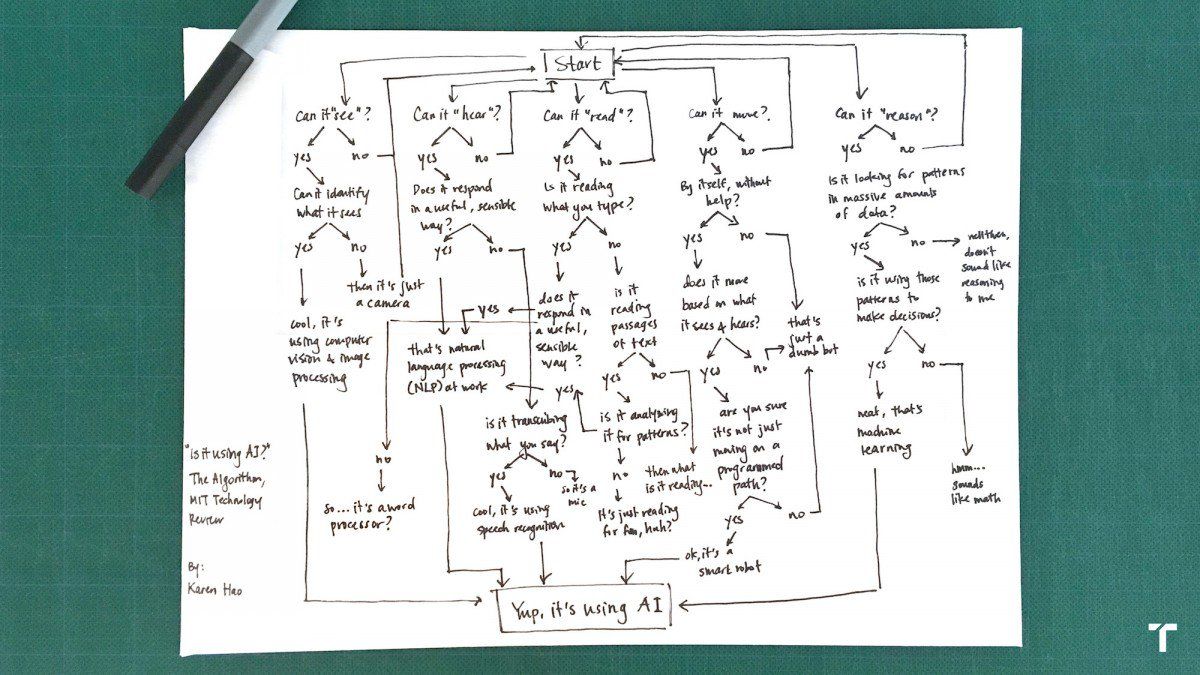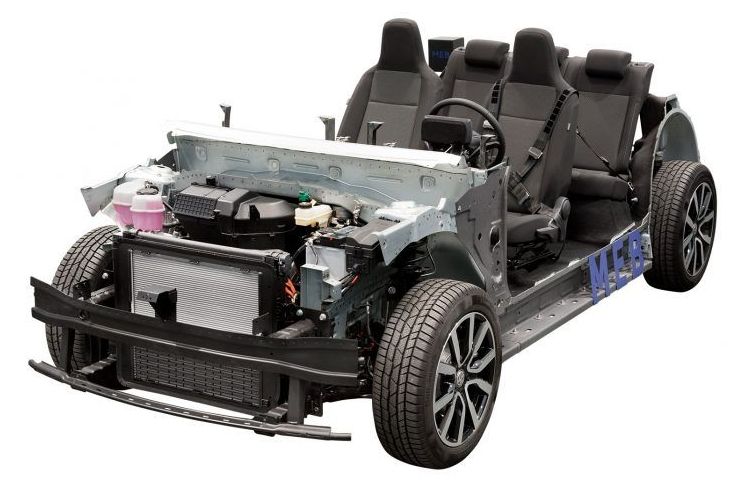As the Earth moves through space, it is trailed by its own magnetic field. These magnetic field lines, or magnetotails, can sometimes get tangled—which can trigger an explosion. These bursts are only a fraction of a second long, but they can scatter millions of electrons at supersonic speeds. Learning about space explosions around Earth can also help us understand space explosions across the universe! Discover more: https://go.nasa.gov/2qVsrmt









